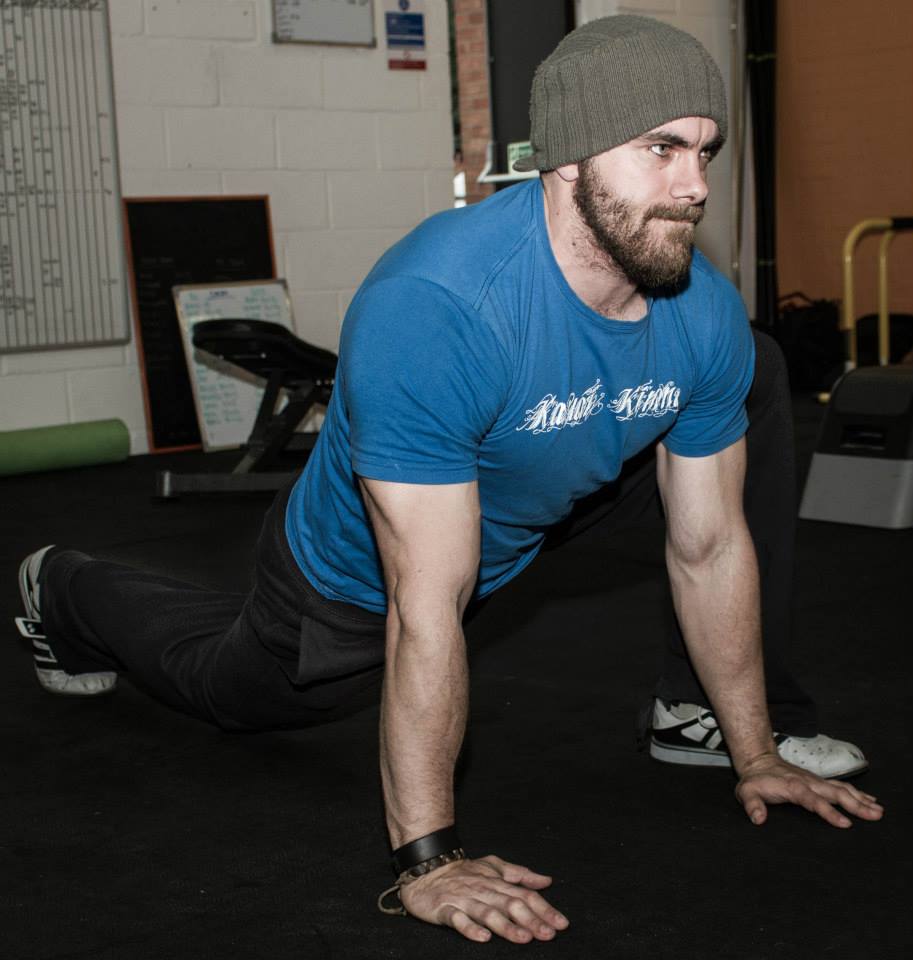One of the most common flexibility complaints from Grapplers and BJJ’ers alike is the issue of tight hips. Sitting down really does a number on your ability to adduct (close) and abduct (open) our hips, for the veteran who does plenty of those weird spinny leg BJJ warm-ups (you know the ones) this may not be an issue. But for the beginner it can really limit their options technically and cause their defensive options to fall apart do too an inability to play guard properly.
The first thing people say is you should stretch, which is understandable as everything feels ‘tight’ so the simple solution is to stretch. Our hips are on lock down neurologically and no amount of butterfly stretching your karate instructor recommended when you where 9 is going to help. Problem is this ‘hip stretching’ often does’nt fix the issue of over active adductor muscles and underactive glutes. It largely makes the adductor’s longer via dis-inhibition and longer under passive pressure. It does not address the issue of underactive glutes, the issue here is mobilisation.
We hear the term mobilisation used in conjunction with flexibility, which has caused much confusion. Flexibility usually relates to passive length of a muscle, mobility is the is the ability to move a joint actively through range of motion.
Much of dynamic warm-up I prescribe will usually have elements that target problem areas, in MMA and BJJ guys many have tight hips. So I have been utilising what is known as the prone flexed hip rock, which I unabashedly borrowed from Nick Tumminelo.
Simply ‘rock’ from side to side making sure to limit movement from the lower back, try and get athletes to actively pull and push themselves using hip muscles, trying to keep the hips level. I have seen mention of balancing a ball on the lower back to make sure hips stay level, I hav’nt tried that one yet.
This is an ongoing series of articles from guest blogger and Strength & Conditioning coach William Wayland of Powering Through.
